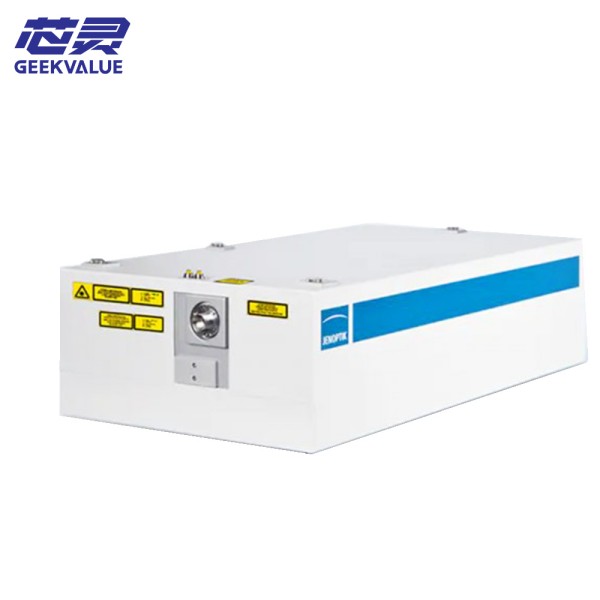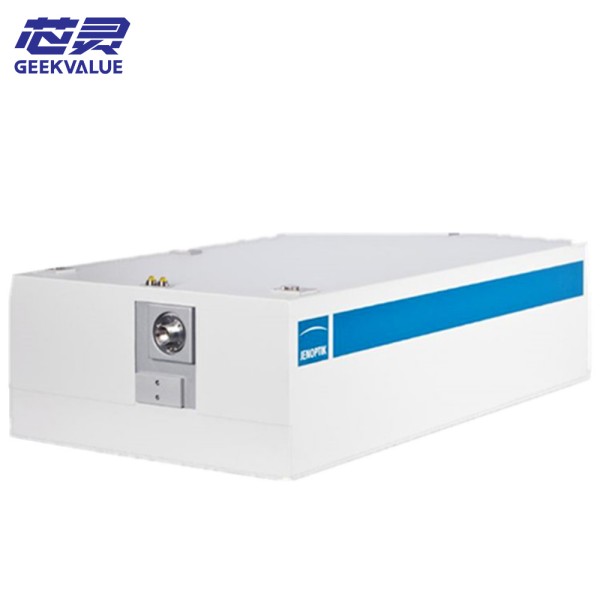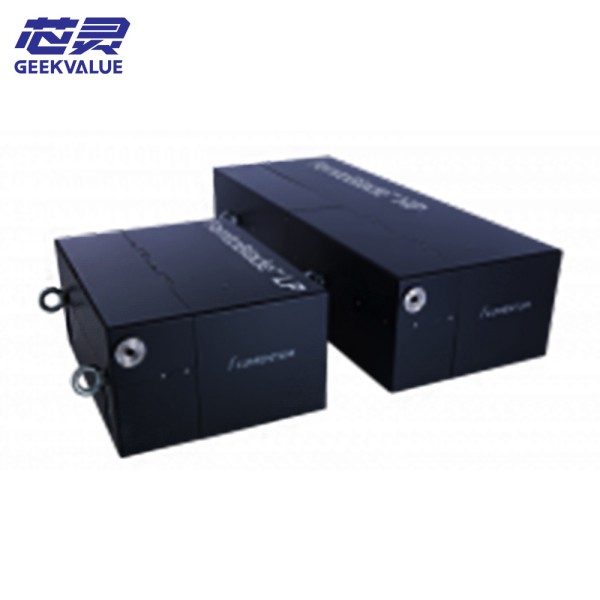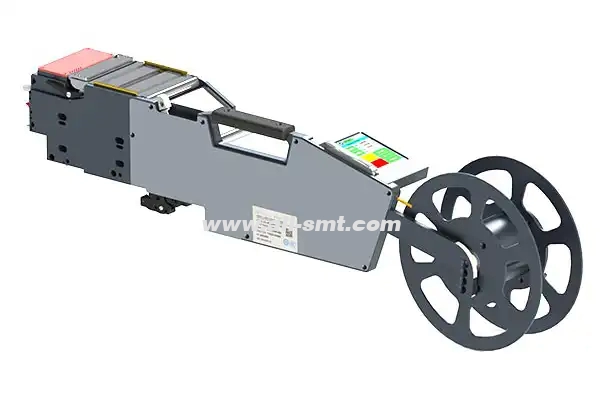Choosing a suitable SMT placement machine requires considering the following aspects:
Clear production needs:
First, you need to clarify your production needs, including production scale (small batch, medium batch or large-scale production), product characteristics (such as component size, precision requirements, complexity) and future development plans. This information helps to narrow the scope of equipment selection and avoid blind investment.
Understand the type of equipment:
There are three main types of manual placement machines, semi-automatic placement machines and fully automatic placement machines on the market. Manual placement machines are suitable for small batch production or R&D stages, with simple operation but low efficiency; semi-automatic placement machines are suitable for medium-scale production, which can improve efficiency but still require manual intervention; fully automatic placement machines are suitable for large-scale production, with high efficiency but high initial investment costs.
Evaluate equipment performance:
Focus on placement accuracy, production speed, equipment stability and reliability, compatibility and other aspects. Placement accuracy directly affects product quality, production speed affects efficiency, and equipment stability and compatibility are related to long-term use experience.
Consider the cost and after-sales service:
In addition to the purchase cost of the equipment itself, maintenance costs, consumables costs, etc. need to be considered. Choose brands and suppliers with a good after-sales service system so that you can get timely support when there are problems with the equipment.
Refer to industry cases and market evaluation:
Understanding the equipment selection experience and market evaluation of other companies in the same industry can provide you with a strong reference and reduce blindness in the selection process.
Field investigation and trial:
When conditions permit, conduct field investigations and trials of candidate equipment to observe its operating status and effects, which can more intuitively evaluate the performance and applicability of the equipment.






